Frederica Freyberg:
A Dane County judge this week heard arguments whether to dismiss Attorney General Josh Kaul’s lawsuit over Wisconsin’s abortion statutes. A near total ban on abortions from 1849 is back on the books after the U.S. Supreme Court overturned Roe v. Wade. The arguments in court focused on Sheboygan County District Attorney Joel Urmanski’s motion to dismiss. Kaul and attorneys on his side argue a more permissive abortion law passed in 1985 conflicts with the earlier statute and also that the earlier ban is nullified by not being enforced for so long.
Matthew Thome:
From our perspective, the plaintiff’s lawsuit is unprecedented in Wisconsin history. The plaintiffs, the attorney general and other state officials and agencies have sued district attorneys, other state officers, over what amounts to a difference of opinion and the plaintiffs’ own desire to know what the law is.
Hannah Jurss:
The people need to be able to know before they act what is and is not subject to criminal sanction. It cannot be that Wisconsin law tells the Wisconsin public that the same factual acts are both lawful and illegal at the same time.
Frederica Freyberg:
Here to unpack this complicated case, UW Law School Professor Miriam Seifter. Thanks very much for being here.
Miriam Seifter:
Glad to be with you.
Frederica Freyberg:
As you listen to these arguments in court, did anything surprise you?
Miriam Seifter:
There were no major surprises. It was a lengthy, rigorous argument. The judge asked probing questions of both sides. The judge and all of the attorneys were really well prepared. I think if there was a notable feature of the case or of the argument, it was just how much uncertainty surrounds Wisconsin law right now. There were nearly two hours of argument about how this interlocking web of statutes fits together or doesn’t, and I think that speaks to the level of uncertainty that the state faces right now. There are other states around the country that have settled, in one way or the other, the legal status of abortion but Wisconsin remains in limbo. You heard the physicians’ attorney speak to that saying that physicians in the state are not performing care they were trained to provide not because there’s been a court ruling but actually because there hasn’t been one.
Frederica Freyberg:
Given the arguments before the court this week, did they rise to the level of outright dismissing of this lawsuit, in your mind?
Miriam Seifter:
Defendant Urmanski is correct that this doctrine that’s called “implied repeal” is pretty disfavored by courts. That means that courts will generally try to reconcile and harmonize all the parts of a law and give each one meaning, but the plaintiffs argument is that that can’t be done here, as you heard in the clip, that these are just irreconcilable. To the extent that the court finds it to be a close case, that would cut in favor of not dismissing the case because at this stage of the litigation, the case is to be dismissed only if the law is clear-cut against the plaintiffs.
Frederica Freyberg:
Could the judge dismiss the case against the district attorneys and not the doctors?
Miriam Seifter:
The doctors are intervening as plaintiffs. So the question that’s pending about the parties is about whether the state plaintiffs are also involved enough in the provision of abortion that they have legal standing to be there, but the defendants would remain in the suit unless the motion to dismiss is granted and the case is dismissed on its merits.
Frederica Freyberg:
Are there legal instances where two statutes can conflict, as in this case, arguably, one older and one more recent?
Miriam Seifter:
There are, and that’s a lot of what the parties were debating at the oral argument, which is is this situation close enough to those cases where implied repeal has been found and that’s something that the judge will likely be sorting out as she processes the briefs.
Frederica Freyberg:
The judge in this case suggested, I understand, that the 1849 law was feticide and not abortion law. What would that mean for the lawsuit or abortion law in Wisconsin?
Miriam Seifter:
What the judge and the parties were referring to there is a 1994 Wisconsin Supreme Court opinion that reached that construction of a different section of the same abortion law. So it looked at a relatively similar situation, trying to reconcile newer statutes with older ones, and it said that that earlier statute was just limited to this feticide situation of non-consensual abortion. The case is not exactly on point because it wasn’t about the section of the statute that’s at issue here, but that’s what the court and the parties were referring to and the plaintiffs’ argument is that that is appropriate for the court to follow in this case.
Frederica Freyberg:
So just hearing you speak, this is so incredibly complicated, and as you said at the beginning, these aren’t the kinds of issues that other states are addressing around abortion law.
Miriam Seifter:
That’s correct. There are a lot of other states in which the question that’s been presented to the court is one about a constitutional right to abortion. This case is different because it’s on this narrower and more technical issue of how the statute should be construed and how all of its provisions should be writ together.
Frederica Freyberg:
Did this hearing provide clues as to legal arguments going forward?
Miriam Seifter:
There were no major new significant developments, I think, at the hearing. The one notable feature was that, although there is an argument in the case about disuse, which is that the 1849 provision is no longer enforceable because of a long period of disuse, that wasn’t really addressed at the hearing. More of the focus was on this doctrine of implied repeal and the state indicated that if the motion to dismiss is not granted, they’ll move forward with the implied repeal argument first.
Frederica Freyberg:
So as to that disuse of the law, is that a thing? Has that been thrown out before because of that?
Miriam Seifter:
It’s a legal concept that’s rooted in ideas about fair notice so if something really hasn’t been enforced for a very, very long time, then perhaps it would be unjust or even unconstitutional to just sort of revive it, but it is like implied repeal. It’s not a doctrine that’s commonly applied.
Frederica Freyberg:
So in terms of court process and the timeline here, would it be your expectation that this will go to the state Supreme Court, and if so, will do so after the newly elected liberal Justice Protasiewicz is seated?
Miriam Seifter:
I think the case probably will eventually reach the Wisconsin Supreme Court, but it’s still at a pretty early stage. There are a number of steps that still need to be gone through at the lower courts so it probably won’t reach the Wisconsin Supreme Court in the very near term.
Frederica Freyberg:
All right. Professor Seifter, thanks very much.
Miriam Seifter:
My pleasure.
Search Episodes

Donate to sign up. Activate and sign in to Passport. It's that easy to help PBS Wisconsin serve your community through media that educates, inspires, and entertains.
Make your membership gift today
Only for new users: Activate Passport using your code or email address
Already a member?
Look up my account
Need some help? Go to FAQ or visit PBS Passport Help
Need help accessing PBS Wisconsin anywhere?

Online Access | Platform & Device Access | Cable or Satellite Access | Over-The-Air Access
Visit Access Guide
Need help accessing PBS Wisconsin anywhere?

Visit Our
Live TV Access Guide
Online AccessPlatform & Device Access
Cable or Satellite Access
Over-The-Air Access
Visit Access Guide
 Passport
Passport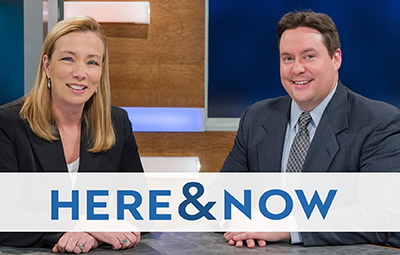

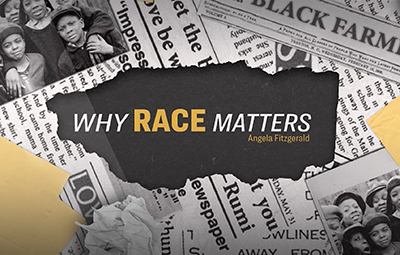



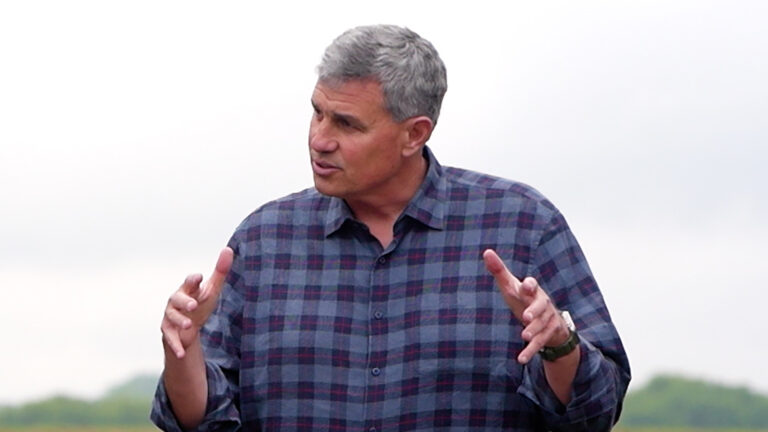
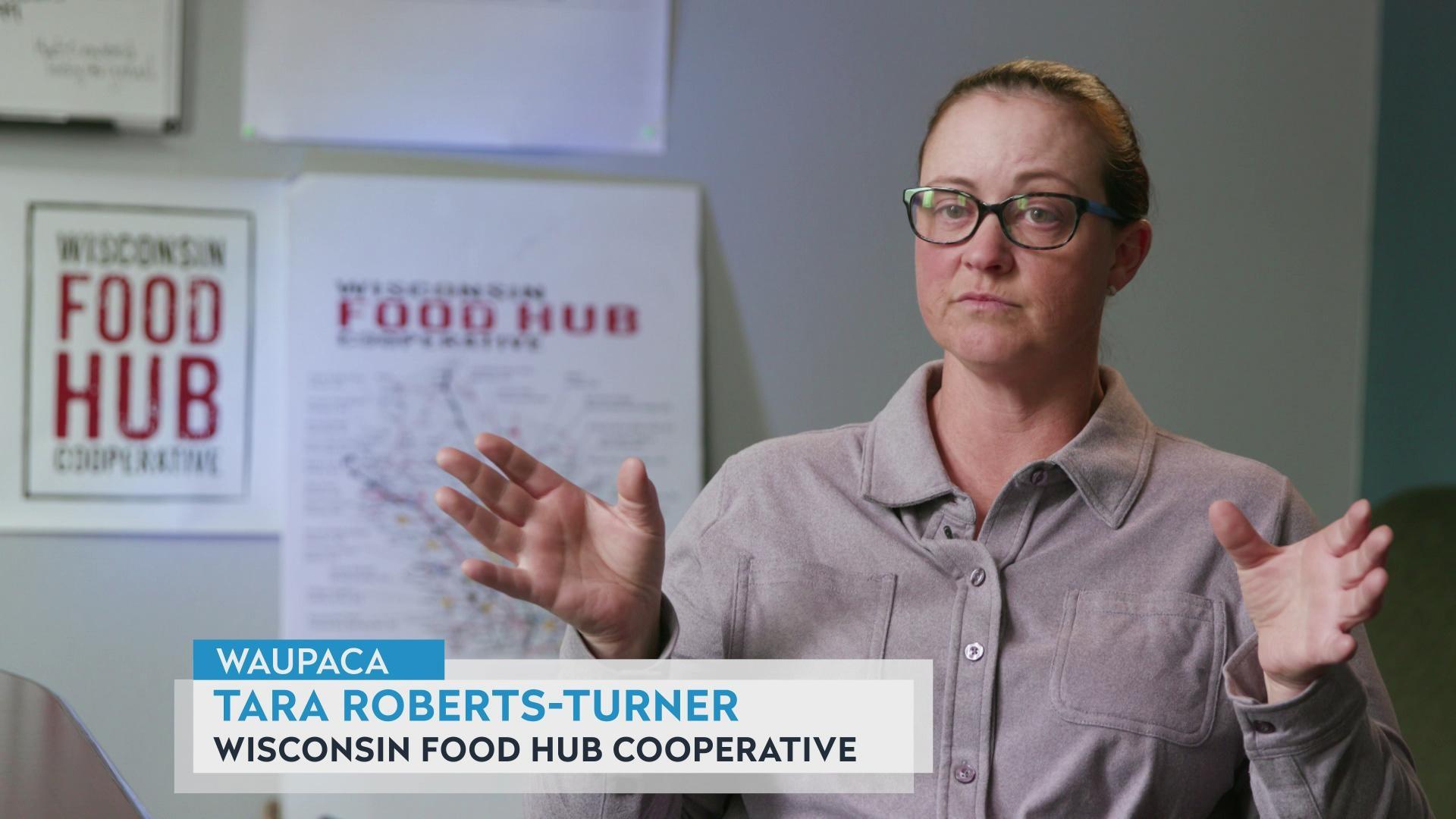
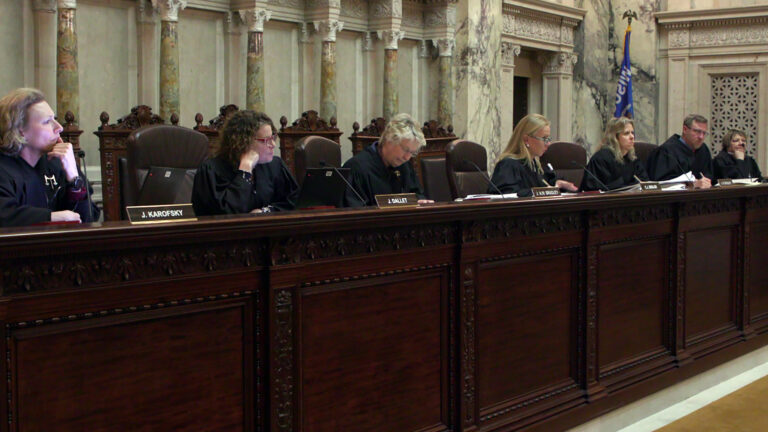
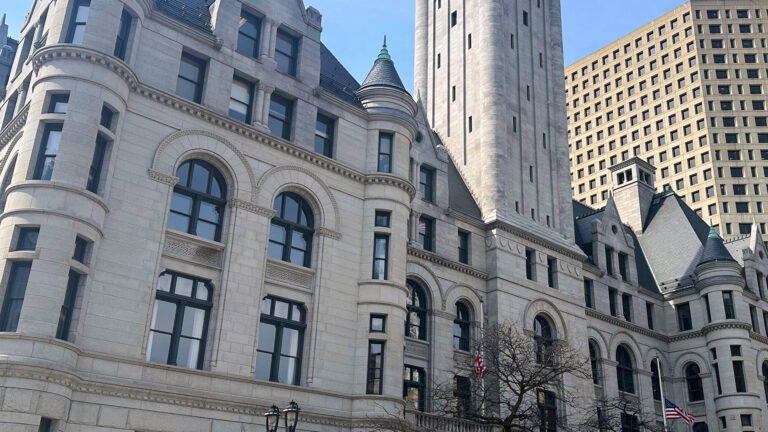
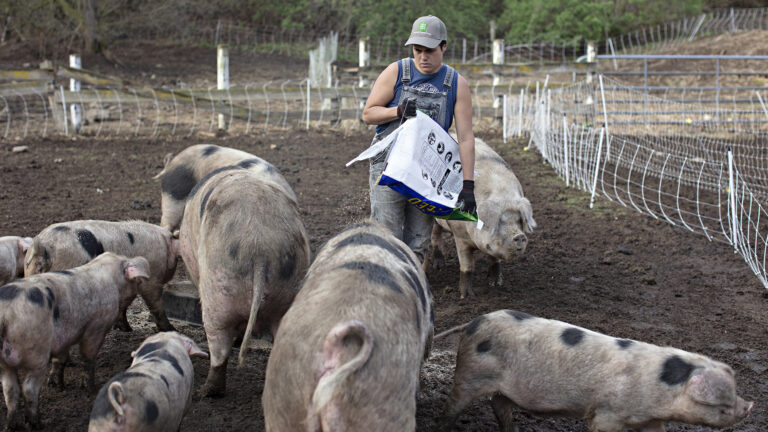
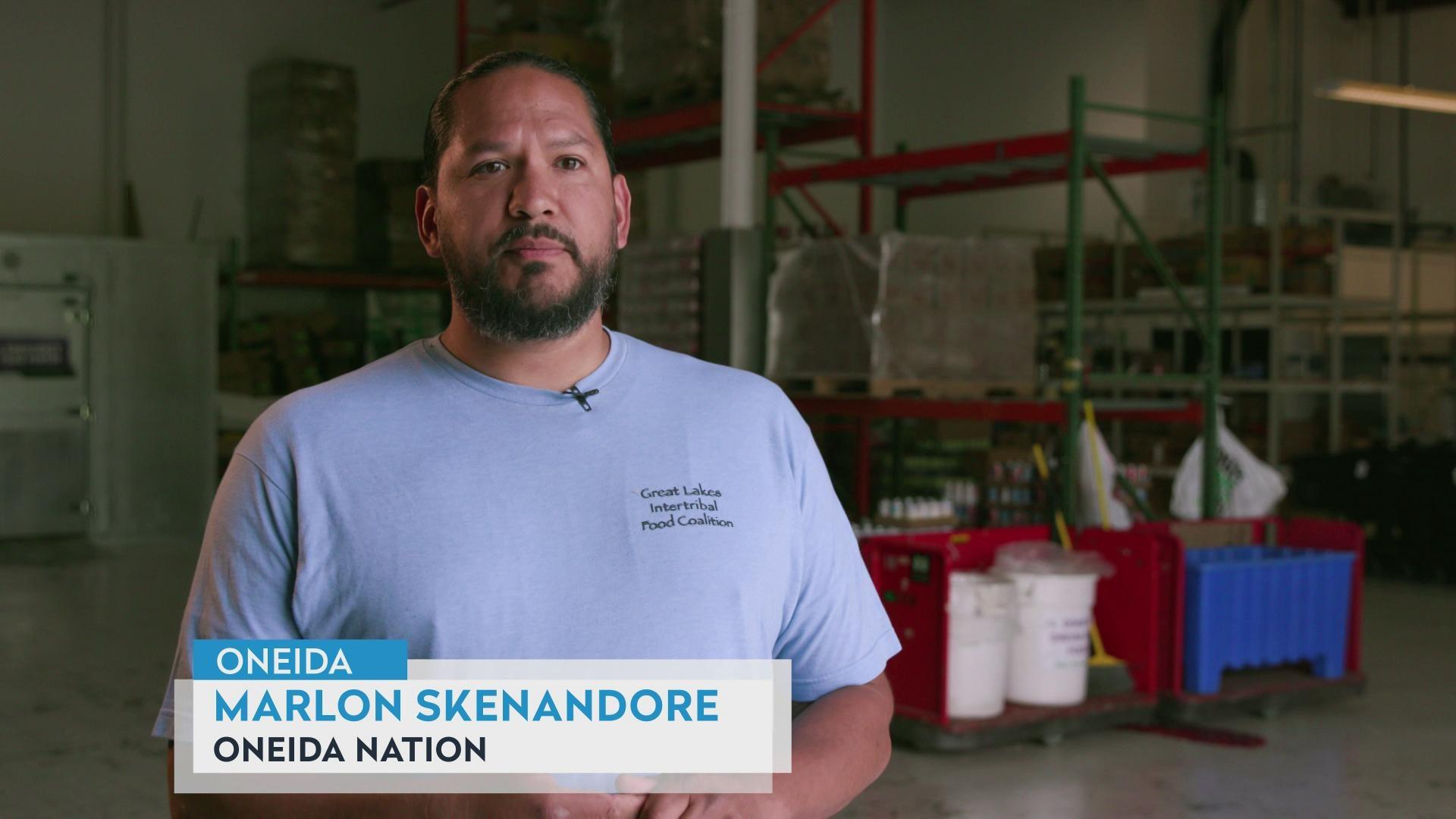
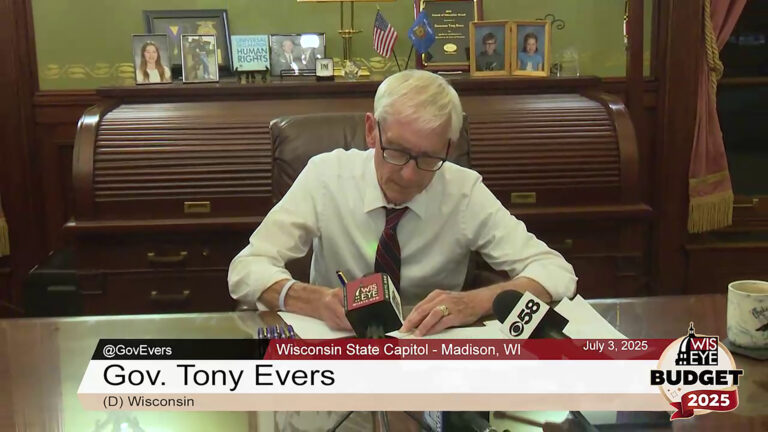
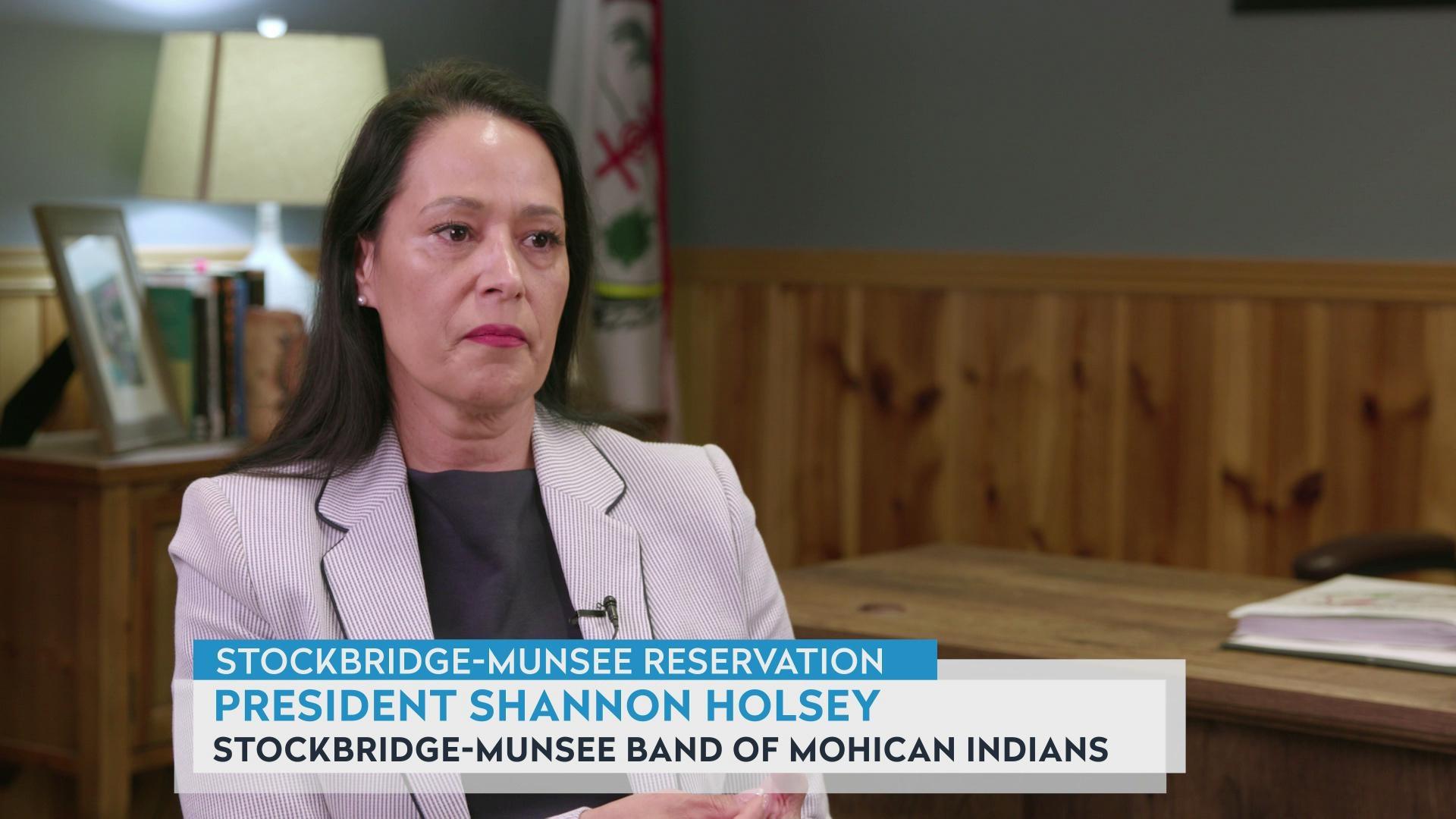

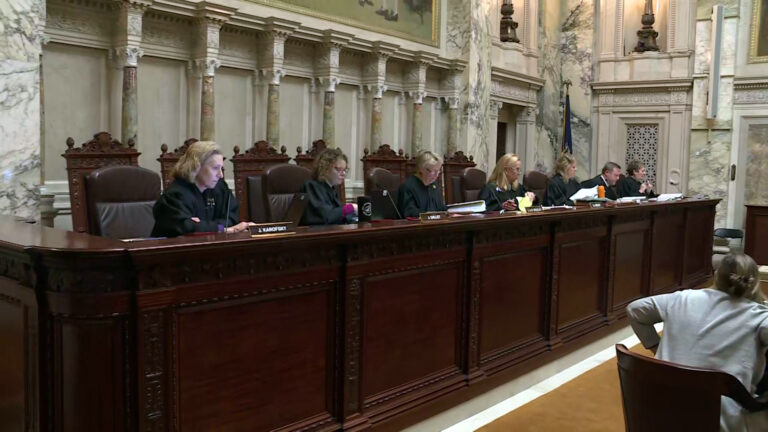

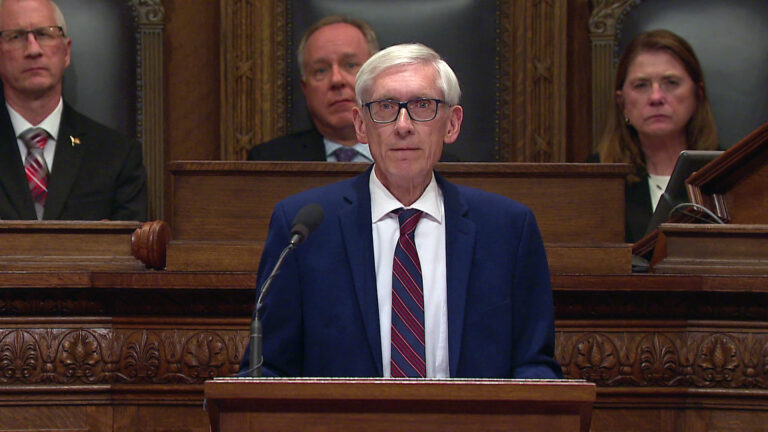

Follow Us